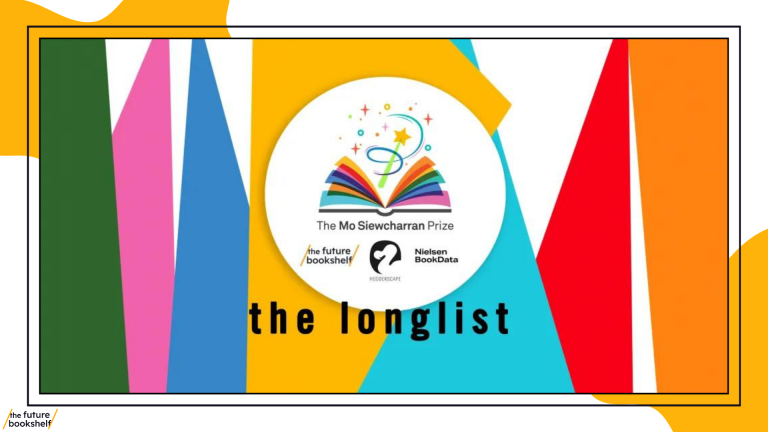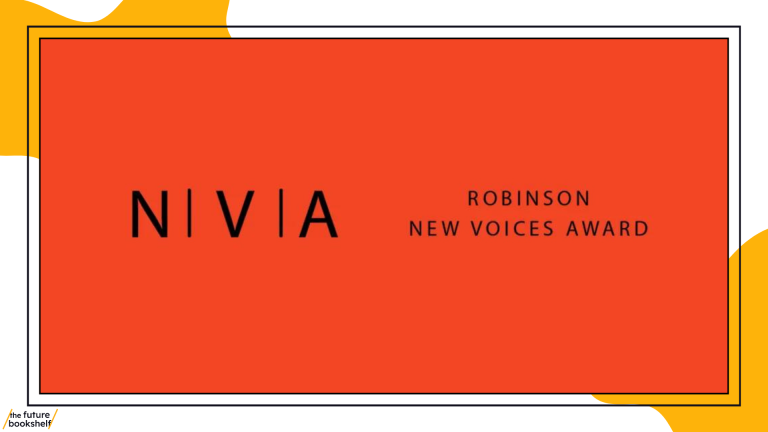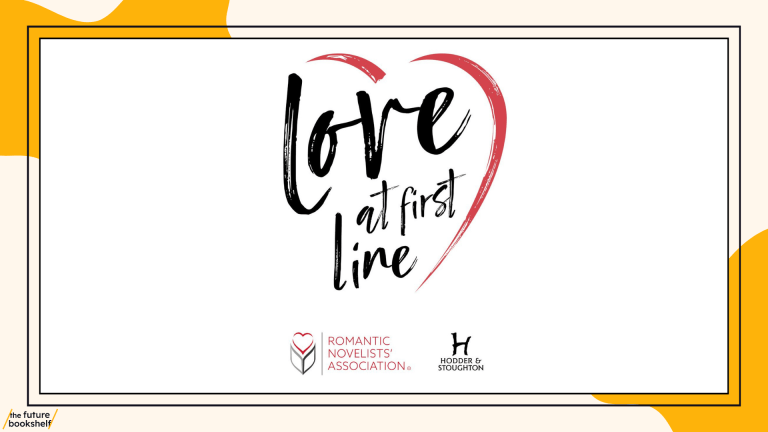‘The only rule about the use of viewpoint and tense is that there is no rule’
The only rule about the use of viewpoint and tense is that there is no rule
from Get Started in Writing a Novel by Nigel Watts & Stephen May
If a particular technique works, use it. Some successful novelists are cavalier with viewpoint, dealing it out like a pack of playing cards; some remain with a single focus. It is important to realize there is nothing inferior about using the single viewpoint: a simple form is not an inferior form. Nor does a sophisticated treatment or use of tenses ensure a good book. In the end, everything should be justifiable in terms of plot, because, otherwise, why do it?
This is complicated stuff, and is where reading plenty of fiction can be useful. Read critically, seeing how the author uses technique, and what effect is achieved.
Compare the impact of these scenes, both describing parents leaving a young son at boarding school. The first is from The Prodigy, Herman Hesse’s second novel:
When the time came round for the boys to say goodbye to their mothers and fathers, it was a much sadder business. Some on foot, some by coach, some in any kind of transport they had been able to find in their haste were now disappearing from the view of their abandoned offspring and continued to wave their handkerchiefs for a long time in the mild September air until the forest finally swallowed up the travellers and their sons returned quiet and thoughtful to the monastery.
This is a third-person adult’s viewpoint (in fact, a god’s-eye view). James Joyce’s second novel, A Portrait of the Artist as a Young Man, published nine years later, deals with a similar scene in this way:
The first day in the hall of the castle when she had said goodbye she had put up her veil double to her nose to kiss him: and her nose and eyes were red. But he had pretended not to see that she was going to cry. She was a nice mother but she was not so nice when she cried. And his father had given him two fiveshilling pieces for pocket money. And his father had told him if he wanted anything to write home to him and, whatever he did, never peach on a fellow.
Joyce takes the child’s viewpoint, focusing on the details that a child would. What impact does this have? Suddenly the tripod of our figurative camera is lowered: we see the world from the level of a child while Herman Hesse’s camera is on the top of a crane.
With Joyce, we have a human scale (and, importantly, a small human’s scale). In the Hesse example, a more considered, philosophical attitude. Which is more effective? Though critical theory is never more than a matter of opinion, I consider that the passage from Joyce is both stronger and weaker than Hesse’s.
Stronger, because if our protagonist is a youngster, viewing the world as an adult reduces some of the vividness of the telling. The detail Joyce chooses to give us (the red nose and pocket money) contributes more to the creation of a live character than Hesse’s focusing on modes of transport.
Herman Hesse, however, has the advantage of using the more simple, and therefore more forceful, tense. While Hesse says ‘When the time came round…’, Joyce, to be consistent would have said ‘When the time had come round…’ While Joyce says ‘when she had said goodbye she had put up her veil’, Hesse would have said ‘when she said goodbye she put up her veil.’ Does this quibbling about tenses show an unnecessary pickiness towards the work of a great master? Perhaps.
However, it is my opinion we should lose all superfluous words, streamlining our prose so the readers forget they are deciphering a semiotic convention. We have to somehow condition the reader’s synapses so the words on the page seem as though they have come from the reader’s head, not ours.





